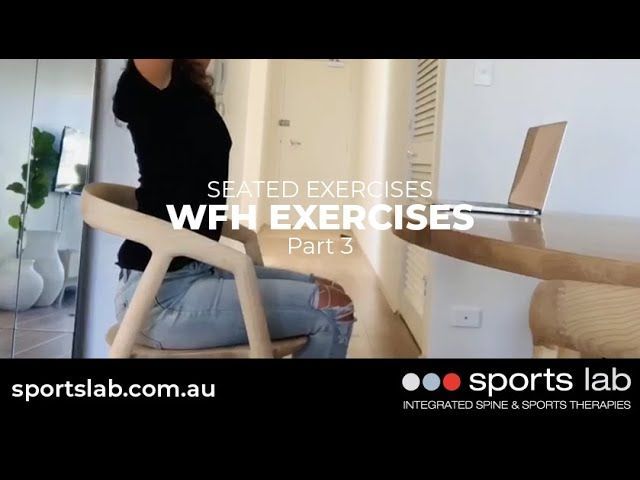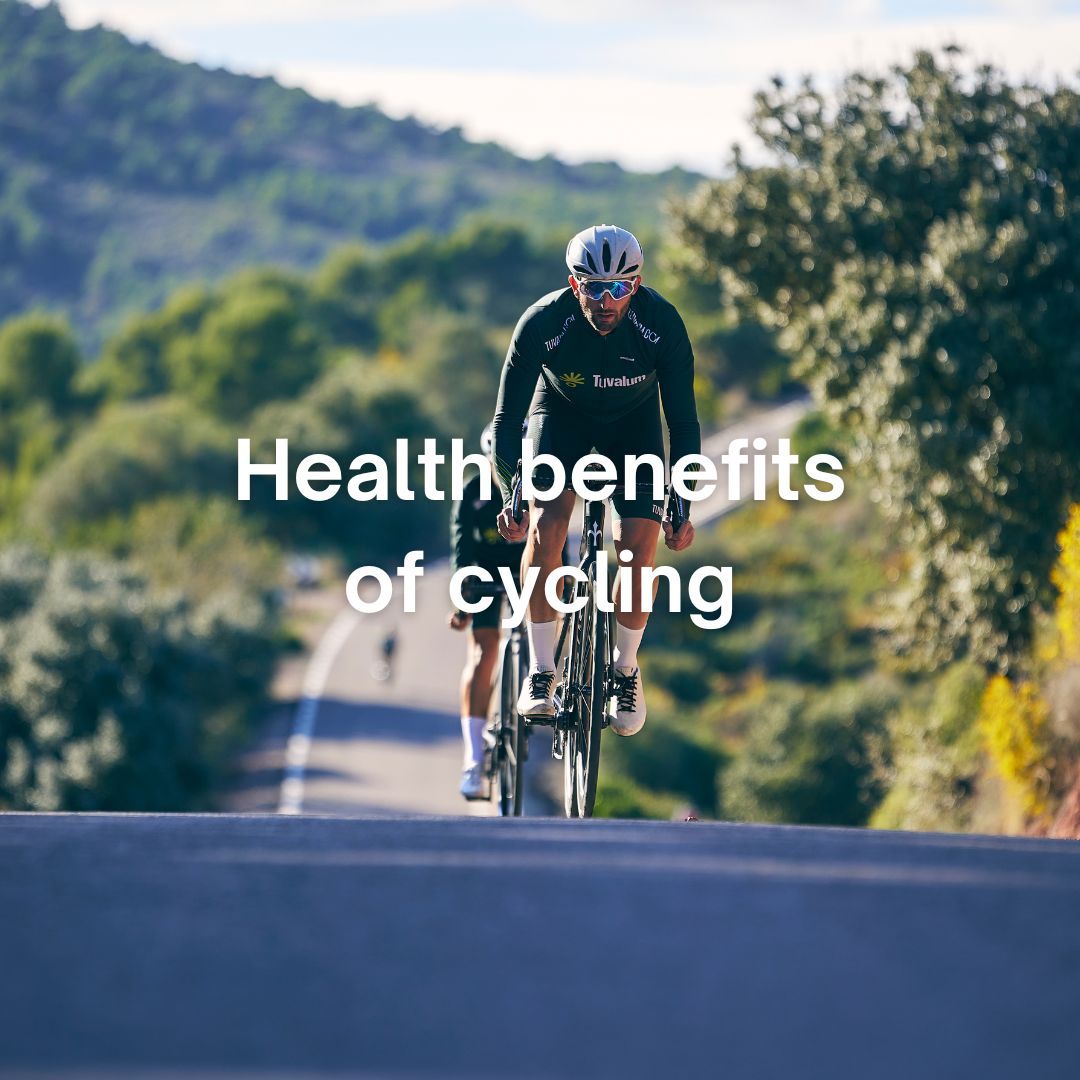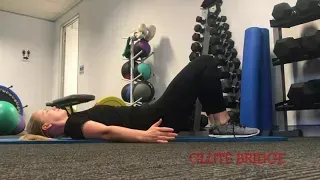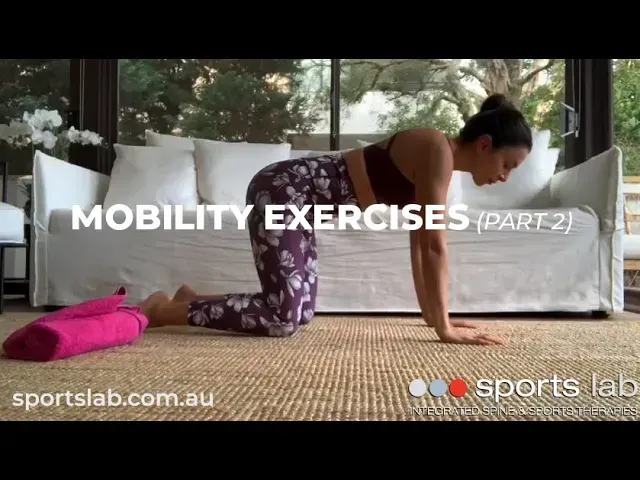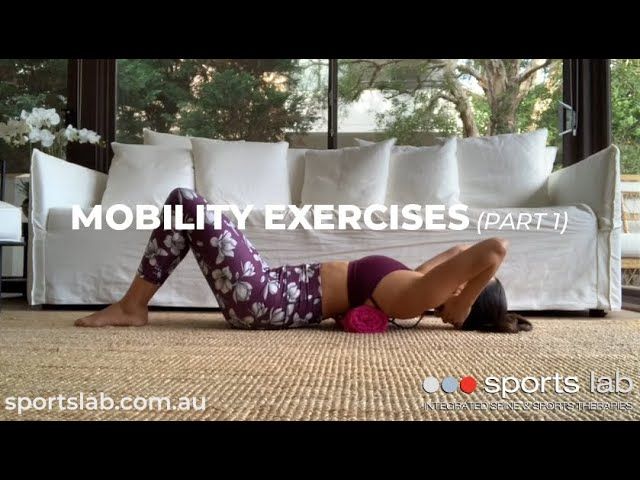Building strong, resilient runners
Building strong, resilient runners
For those of us who enjoy running, we love it for its convenience and the wide-ranging physical and mental health benefits that it can deliver. And while the “runner’s high” is what keeps many people coming back for more, the “at-times” addictive nature of running can certainly have its pitfalls. Injury often sits at the top of that list. This is especially so amongst inexperienced runners, or when the running load has been increased too quickly.
So how can we best avoid injury while striving toward our running goals? In short, the answer to that question relates to running capacity, and the consideration of our past, present and future running selves.
Running capacity and its relationship with injury
Running capacity refers to how much, how frequently and how hard we are able to run without causing pain or injury. Running capacity will vary significantly between people, while the capacity demands depend largely on what a runner’s goals are. For runners pushing towards a certain goal (e.g. finishing a marathon), the injury risk lies not in the gap between running capacity and the capacity demands, but in the manner in which they bridge that gap. Quite literally, slow and steady really does win the race.
Getting strong and staying injury free
Gone are the days when runners avoided strengthening exercises at all costs for fear of putting on weight and slowing them down. In actual fact, runners are now discovering that strength training can have just the opposite effect – encouraging resilience, improving running economy, and ultimately making them better, faster runners.
For runners looking to incorporate strength training into their weekly schedule then, how much is enough?
It may be surprising that a little can go a long way, but consistency is key. Broadly speaking, ‘quality over quantity’ is a valuable mantra for runners, especially those who may be new to running. For many runners, three varying runs (e.g. long, tempo, and interval) plus 1-2 strength sessions per week provide an appropriate stimulus, increasing capacity steadily while minimising risk of injury. Importantly though, as with any well-designed training program the exercises chosen should be activity-specific, reflecting the single-leg nature of running.
So the question remains, what runner doesn’t want to run faster while reducing their risk of injury? The key lies in the progressive increase in running volume and incorporation of strength training to steadily build running capacity towards the end-goal. After all, ‘it is good to have an end to journey toward, but it is the journey that matters in the end.’
Want more information about running and/or injury prevention?
Book in for a consultation or an assessment with one of our Sports Lab physios today!
This article was written by Sports Lab Physiotherapist and Runner, Matthew McFadden.

